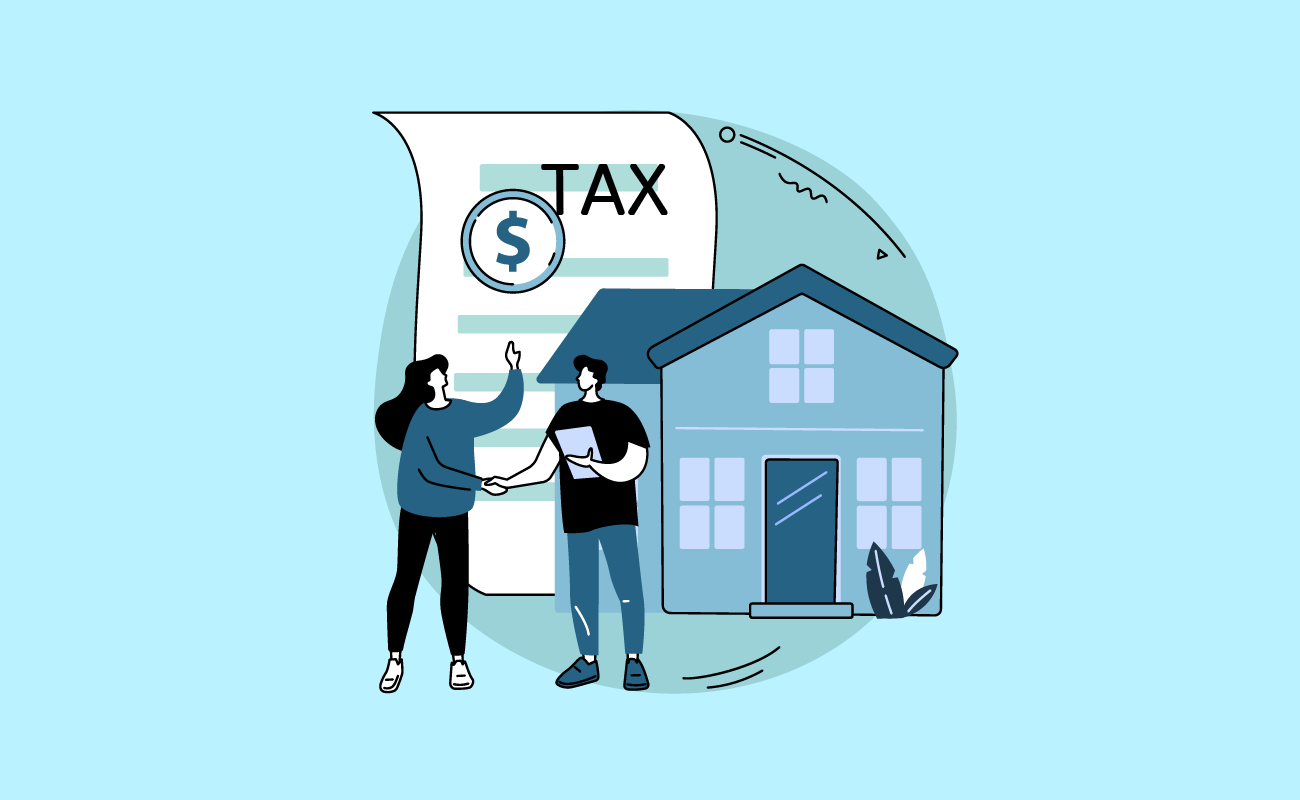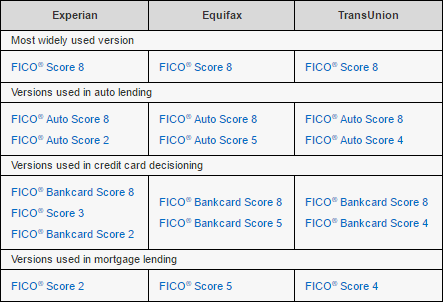However the scars of the crisis are still visible in the American housing market, which has undergone a pendulum swing in the last years. In the run-up to the crisis, a real estate surplus prompted home loan lending institutions to release loans to anybody who might fog a mirror just to fill the excess inventory.
It is so strict, in reality, that some in the property market believe it's contributing to a housing scarcity that has pressed house rates in many Click here! markets well above their pre-crisis peaks, turning more youthful millennials, who came of age throughout the crisis, into a generation of tenants. "We're truly in a hangover phase," said Jonathan Miller, CEO of Miller Samuel, a property appraisal and seeking advice from firm.
[The market] is still distorted, which's because of credit conditions (the big short who took out mortgages)." When lending institutions and banks extend a home loan to a house owner, they generally don't generate income by holding that home loan in time and collecting interest on the loan. After the savings-and-loan crisis of the late 1980s, the originate-and-hold design became the originate-and-distribute model, where loan providers provide a mortgage and sell it to a bank or to the government-sponsored enterprises Fannie Mae, Freddie Mac, and Ginnie Mae.
Fannie, Freddie, Ginnie, and investment banks buy thousands of home loans and bundle them together to form bonds called mortgage-backed securities (MBSs). They offer these bonds to investorshedge funds, pension funds, insurer, banks, or simply wealthy individualsand use the proceeds from selling bonds to buy more home mortgages. A homeowner's regular monthly mortgage payment then goes to the bondholder.

Not known Details About How To Switch Mortgages While Being
However in the mid-2000s, lending standards how much does a timeshare cost eroded, the housing market became a huge bubble, and the subsequent burst in 2008 impacted any monetary organization that bought or released mortgage-backed securities. That burst had no single cause, but it's easiest to start with the homes themselves. Historically, the home-building market was fragmented, comprised of small building business producing houses in volumes that matched local need.
These companies developed homes so rapidly they exceeded need. The result was an oversupply of single-family houses for sale. Mortgage loan providers, which make money by charging origination costs and therefore had an incentive to compose as lots of home loans as possible, reacted to the excess by attempting to put buyers into those houses.
Subprime mortgages, or mortgages to individuals with low credit rating, blew up in the run-up to the crisis. Down payment requirements gradually decreased to nothing. Lenders started disregarding to income verification. Quickly, there was a flood of dangerous kinds of home mortgages developed to get individuals into houses who could not usually pay for to buy them.
It offered customers a below-market "teaser" rate for the first 2 years. After 2 years, the interest rate "reset" to a higher rate, which frequently made the month-to-month payments unaffordable. The concept was to re-finance before the rate reset, but lots of property owners never got the chance before the crisis began and credit became not available.
Getting The What Does Hud Have To With Reverse Mortgages? To Work
One research study concluded that investor with excellent credit rating had more of an influence on the crash because they were prepared to quit their investment residential or commercial properties when the market started to crash. They in fact had higher delinquency and foreclosure rates than customers with lower credit ratings. Other information, from the Mortgage Bankers Association, took a look at delinquency and foreclosure starts by loan type and discovered that the greatest dives without a doubt were on subprime mortgagesalthough delinquency rates and foreclosure starts rose for every single type of loan throughout the crisis (what do i need to know about mortgages and rates).
It peaked later, in 2010, at practically 30 percent. Cash-out refinances, where property owners refinance their home loans to access the equity developed up in their houses over time, left property owners little margin for mistake. When the market began to drop, those who 'd taken money out of their homes with a refinancing suddenly owed more on their homes than they deserved.
When homeowners stop making payments on their mortgage, the payments likewise stop streaming into the mortgage-backed securities. The securities are valued according to the predicted home loan payments can be found in, so when defaults began accumulating, the worth of the securities plummeted. By early 2007, people who operated in MBSs and their derivativescollections of financial obligation, consisting of mortgage-backed securities, charge card debt, and auto loans, bundled together to form brand-new types of financial investment bondsknew a catastrophe was about to occur.
Panic swept throughout the monetary system. Banks were https://diigo.com/0lnj0z afraid to make loans to other institutions for worry they 'd go under and not have the ability to pay back the loans. Like property owners who took cash-out refis, some business had borrowed greatly to purchase MBSs and might quickly implode if the marketplace dropped, particularly if they were exposed to subprime.
Examine This Report on What Is The Current % Rate For Home Mortgages?
The Bush administration felt it had no option but to take over the companies in September to keep them from going under, but this only caused more hysteria in monetary markets. As the world waited to see which bank would be next, suspicion fell on the financial investment bank Lehman Brothers.
On September 15, 2008, the bank applied for insolvency. The next day, the federal government bailed out insurance giant AIG, which in the run-up to the collapse had actually released shocking amounts of credit-default swaps (CDSs), a type of insurance on MBSs. With MBSs suddenly worth a portion of their previous value, bondholders wished to collect on their CDSs from AIG, which sent the company under.
Deregulation of the financial market tends to be followed by a monetary crisis of some kind, whether it be the crash of 1929, the cost savings and loan crisis of the late 1980s, or the housing bust 10 years back. But though anger at Wall Street was at an all-time high following the occasions of 2008, the monetary industry left reasonably untouched.
Lenders still offer their mortgages to Fannie Mae and Freddie Mac, which still bundle the mortgages into bonds and sell them to investors. And the bonds are still spread out throughout the financial system, which would be vulnerable to another American real estate collapse. While this naturally generates alarm in the news media, there's one crucial distinction in housing finance today that makes a financial crisis of the type and scale of 2008 unlikely: the riskiest mortgagesthe ones without any down payment, unproven income, and teaser rates that reset after two yearsare simply not being composed at anywhere close to the same volume.
The Only Guide for What Is The Concept Of Nvp And How Does It Apply To Mortgages And Loans
The "certified home loan" provision of the 2010 Dodd-Frank reform costs, which went into effect in January 2014, gives loan providers legal defense if their home mortgages satisfy specific safety provisions. Certified mortgages can't be the type of risky loans that were provided en masse prior to the crisis, and customers need to meet a certain debt-to-income ratio.

At the same time, banks aren't releasing MBSs at anywhere close to the very same volume as they did prior to the crisis, due to the fact that financier demand for private-label MBSs has dried up. what do i need to know about mortgages and rates. In 2006, at the height of the housing bubble, banks and other personal institutionsmeaning not Freddie Mac, Fannie Mae, or Ginnie Maeissued more than half of MBSs, compared to around 20 percent for much of the 1990s.